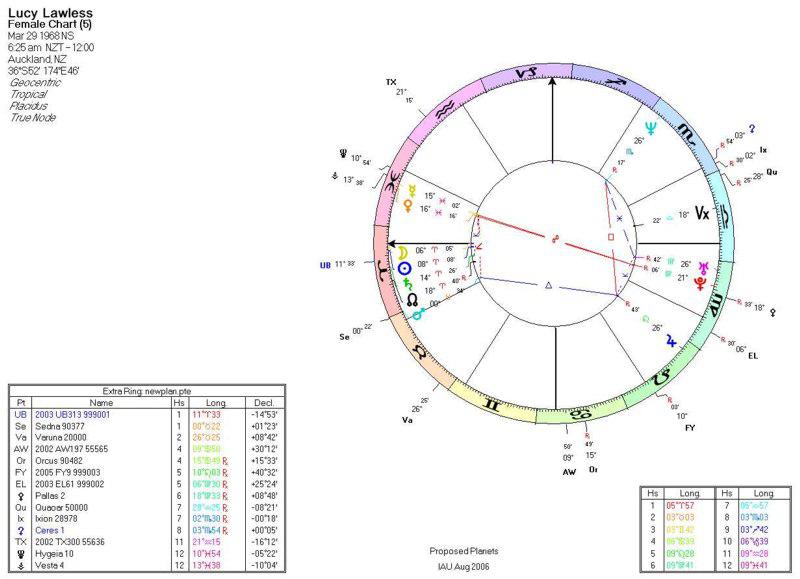Planets or Pla-nots
by Madalyn Hillis-Dineen
Tweet
It’s been an exciting week for the International Astronomical Union meeting in Prague!
First, on August 16, 2006, some astronomers proposed a new definition for "planet" that would result in the addition of several cosmic entities as new planets and others to be under consideration. Besides reaffirming the solar system status of Pluto, the International Astronomical Union draft resolution had recognized 2003 UB313, the farthest-known object in the solar system; Pluto's largest moon, Charon; and the asteroid Ceres, which was a planet in the 1800s before it got demoted. 2003 UB313 has been nicknamed Xena, but has no official name. If the resolution had been approved, the 12 planets in our solar system listed in order of their proximity to the sun would have been Mercury, Venus, Earth, Mars, Ceres, Jupiter, Saturn, Uranus, Neptune, Pluto, Charon, and the temporarily named 2003 UB313 (a.k.a. Xena).
However, there was such controversy over this new system that an alternate resolution was adopted on August 24, 2006 (the session began at 2 pm and ended at 3:38 pm) in Prague, Czech Republic. It sets up a three-tiered classification scheme with eight "planets"; a group of "dwarf planets" that would include Pluto, Ceres, Xena and many other icy balls in the outer solar system; and thousands of "smaller solar system bodies", like comets and asteroids.
The resolution describes a dwarf planet as an object that:
- is in orbit around a star but is itself not a star;
- has sufficient mass for its self-gravity to overcome rigid body forces so that it assumes a hydrostatic equilibrium (nearly round) shape;
- has not cleared the neighborhood around its orbit;
- is not a satellite.
This definition reclassifies Pluto from a planet to a dwarf planet because it has not cleared the neighborhood of its orbit (the Kuiper Belt). (This definition was taken from Wikipedia on August 24, 2006). At this stage Pluto, Ceres and UB 313 (nicknamed Xena) have been officially cited as dwarf planets. However, others still under consideration include Sedna, Orcus, Quaoar, Varuna, Ixion, Chaos and other numbered celestial bodies.
Following the announcement of the reclassification of Pluto by the IAU, the phone didn't stop ringing, with reporters wanting to know what this change would mean to astrologers. Despite the fact that those of us with planets in the last 6 degrees of the mutables would love to eliminate Pluto from the solar system altogether, we assured those inquiring reporters that astrologers would still be using Pluto in charts.
While we can all agree that Pluto will remain an important part of astrological work, we can also see that the official designation of "icy dwarfs" or "dwarf planets" offers exciting prospects for greater understanding for astrologers.
We couldn't help but wonder where Xena fell in Lucy Lawless' chart (she is TV's Xena: Warrior Princess). Would it surprise you to know that in her chart Xena (2003 UB313) is part of a stellium in Aries that includes Lucy's Sun, Moon, Saturn and North Node? Below is her chart using the new planets extra point file included in Solar Fire Deluxe (v.6).

Note: Xena has now been officially named Eris after the Greek goddess of strife. In Solar Fire Gold (v.7), released in early 2008, you can now place Eris and the other major new body Sedna along with the usual planets in the regular portion of all wheels, tables and aspectarians. The glyph given to Eris resembles the Pisces glyph, except that the two crescents meet and the straight line is vertical rather than horizontal.
© 2008 Astrolabe Inc.

